A centrepiece of Victorian Premier Dan Andrews’ campaign is to renationalise Victoria’s privately owned electricity businesses. He claims that the private owners have scammed ‘$23 billion in profits off pensioners, families, and businesses’.
The state’s electricity assets, previously managed by the State Electricity Commission of Victoria (SECV) were sold under the Kennett government in the 1990s.
Already a subscriber? Log in
Subscribe for just $2 a week
Try a month of The Spectator Australia absolutely free and without commitment. Not only that but – if you choose to continue – you’ll pay just $2 a week for your first year.
- Unlimited access to spectator.com.au and app
- The weekly edition on the Spectator Australia app
- Spectator podcasts and newsletters
- Full access to spectator.co.uk
Or

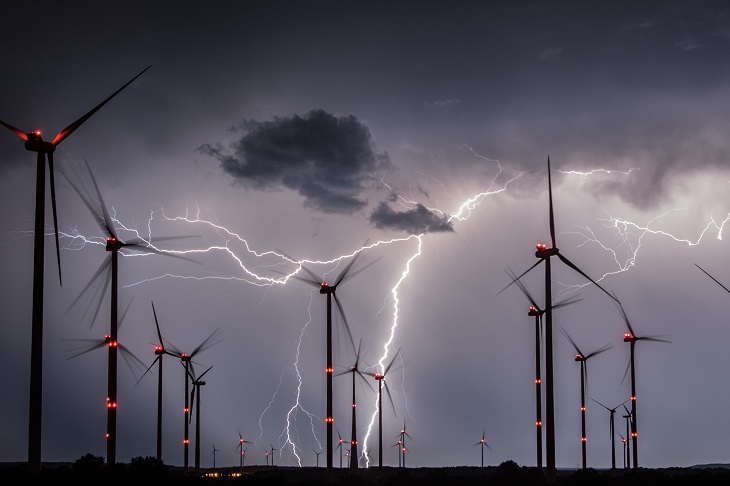
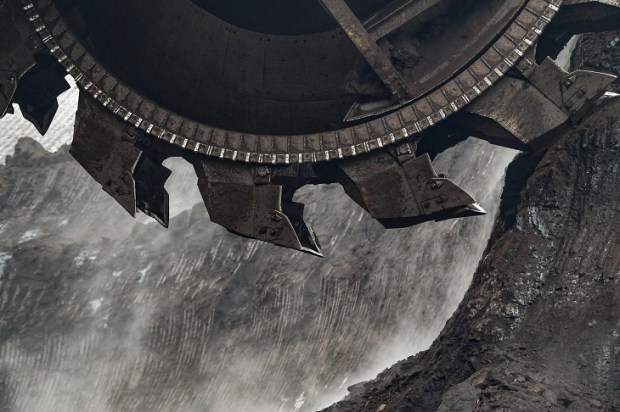
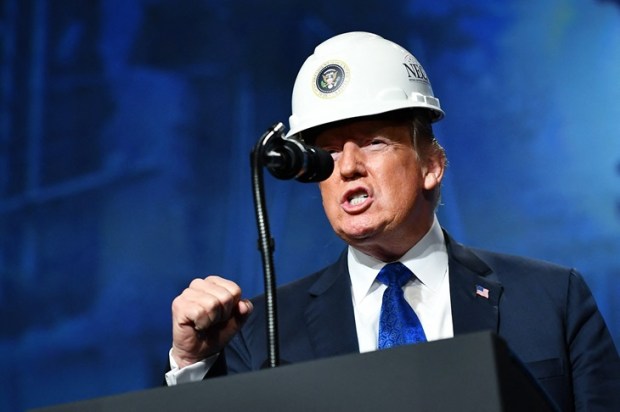
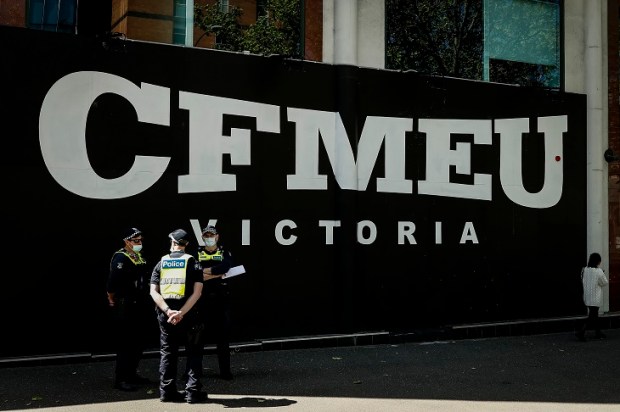
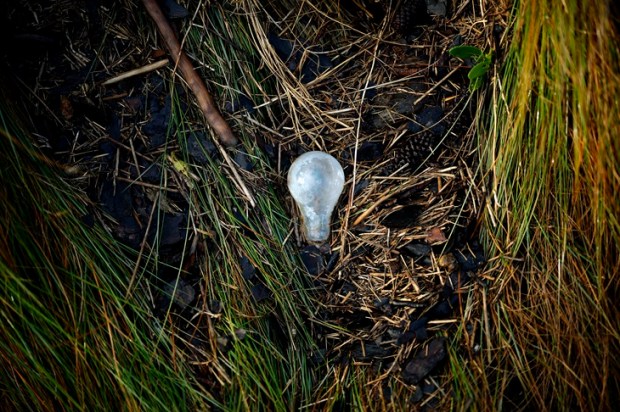
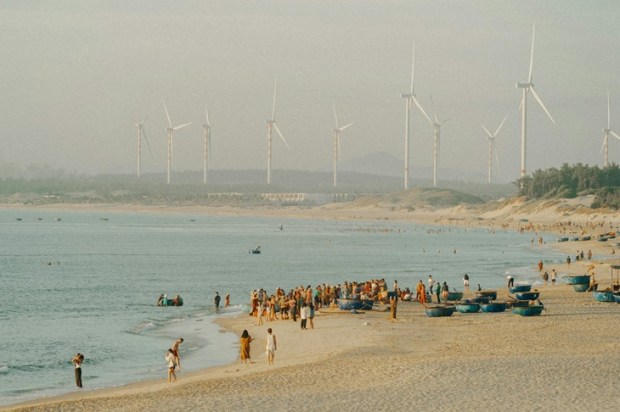
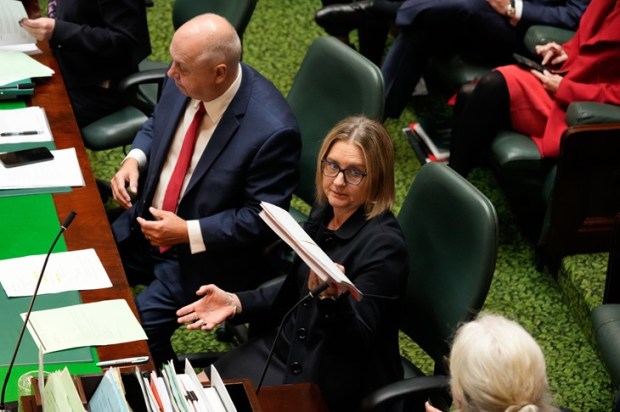


















Comments
Don't miss out
Join the conversation with other Spectator Australia readers. Subscribe to leave a comment.
SUBSCRIBEAlready a subscriber? Log in